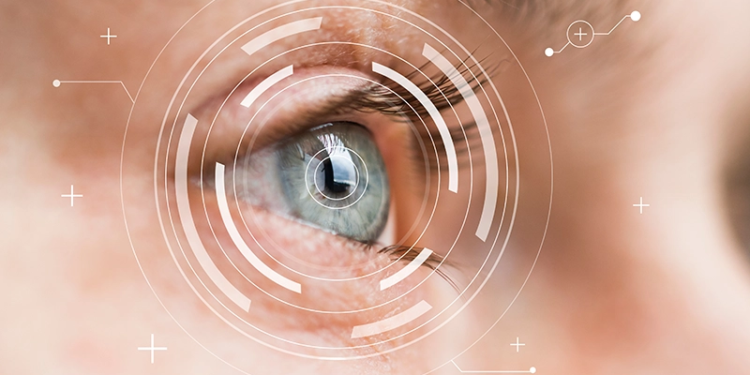Before finalizing the prescription of new lower-limb prosthetic device, a clinician often has the patient try the device while he or she is at the clinic. Observed differences in gait when using the new device should be the result of the device’s mechanical function but could also be a result of patient-related factors, which can change from day to day and can thus make device comparisons unreliable. To determine whether a device’s mechanical function has a more meaningful impact on gait than patient-related factors, a study, published in the January 2017 issue of the Journal of Prosthetics and Orthotics, describes quantitative gait analyses of a man with a unilateral transtibial amputation using two foot-ankle devices on two occasions over a year apart. From the analyses, the findings suggest that a prosthetic device’s mechanical function has a more meaningful impact on gait than patient-related factors, according to the study’s authors.
The researchers reasoned that if quantitative gait analysis showed that the differences observed when using one device compared with the other were in the same direction and of similar magnitude on each of the two occasions, this would indicate that device-related factors were more important than patient-related factors. To that end, the participant, described as having a K4 activity level, completed repeated walking trials using two different prosthetic feet on two occasions that were 14 months apart. Walking speed and sagittal plane joint kinematics and kinetics for both limbs were assessed on each occasion.
The participant’s usual prosthetic foot at the time of both data collection sessions was an Endolite Echelon VT. He had used a full-contact, suction socket with silicone liner for 12 months before the first data collection session, and used the same socket at the second data collection session. During both data collection sessions, he used an élan and an Epirus prosthetic foot, both manufactured by Endolite. The overall prosthetic length, socket, and suspension were unchanged between devices. After each prosthetic foot had been fitted, the participant walked on it for approximately 20 minutes before data collection to enable him to become accustomed to it. He completed 12 walking trials at a self-selected walking speed, using each of the prosthetic foot devices with stance phase kinetic data being recorded for the intact and prosthetic limbs (six trials for each limb in each prosthetic condition; 24 trials total).
Eight variables (walking speed; prosthetic ankle peak plantarflexion and dorsiflexion; peak positive power and residual knee loading response flexion; peak stance-phase extension and flexion moments; and peak negative power) displayed clinically meaningful differences between foot devices during the first session. All eight variables showed similar effect size differences during the second session despite the participant being 6kg heavier and more than a year older.
The researchers concluded that a single-session qualitative comparison of a prosthesis user’s gait using two different foot-ankle devices, as typically occurs in a clinic, is a valid approach in finalizing decisions regarding prosthetic prescription, and that prosthetic prescription decisions should not be made solely using evidence from research cohort studies. The researchers recommend a case series using the same approach as the present study to confirm this conclusion.




